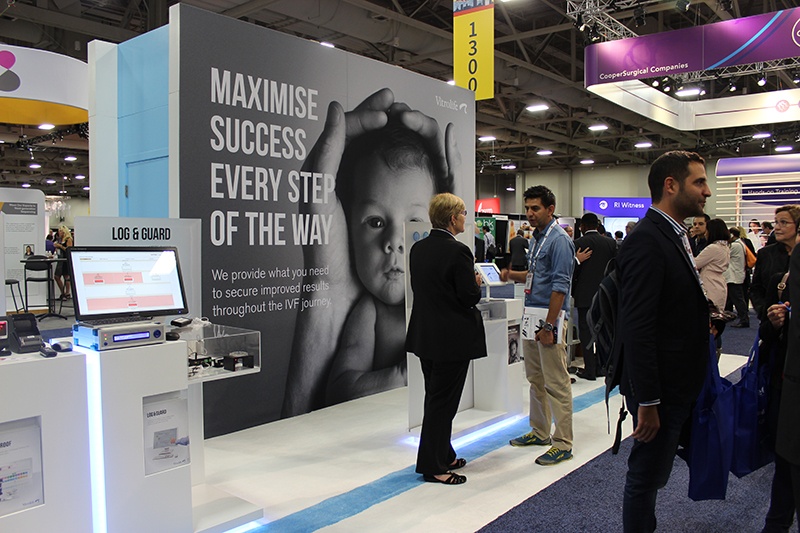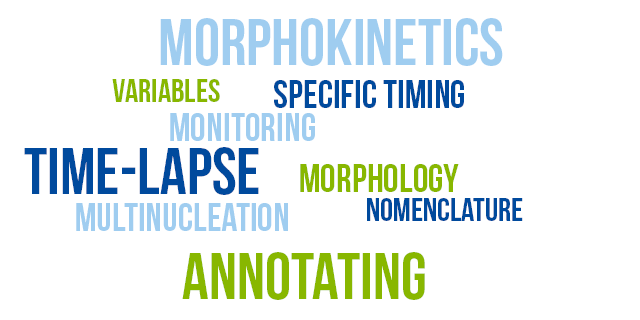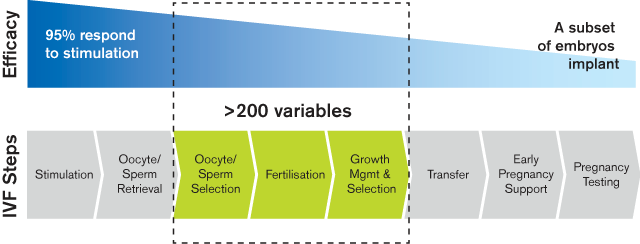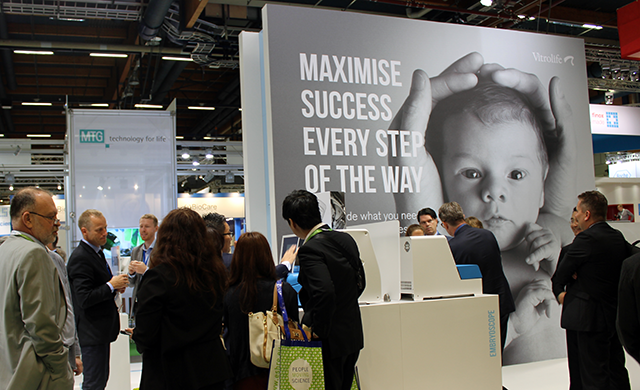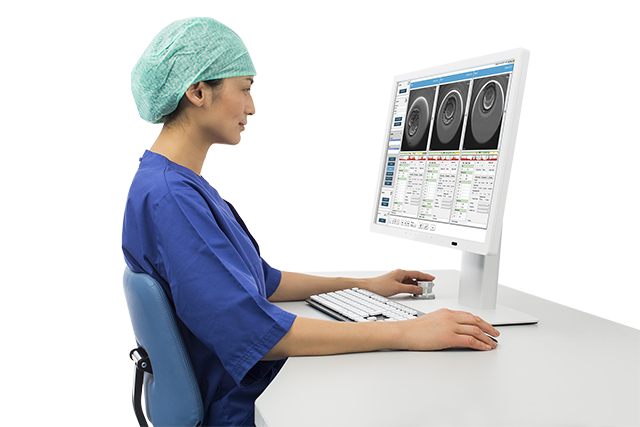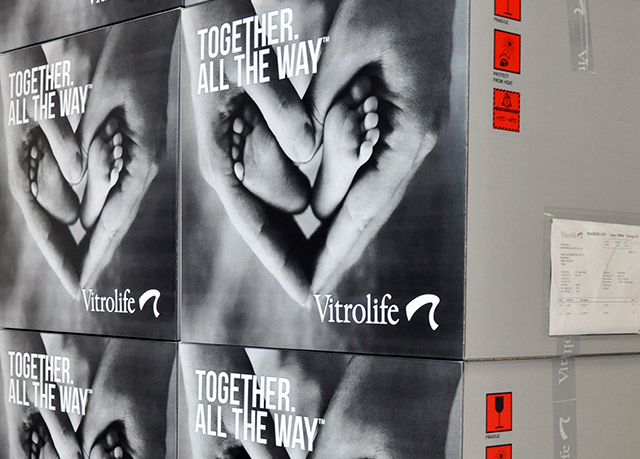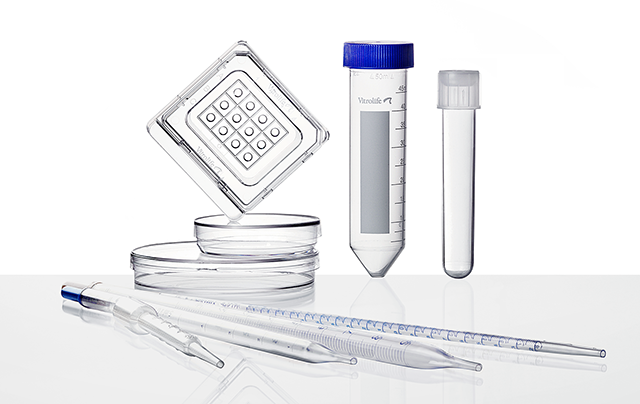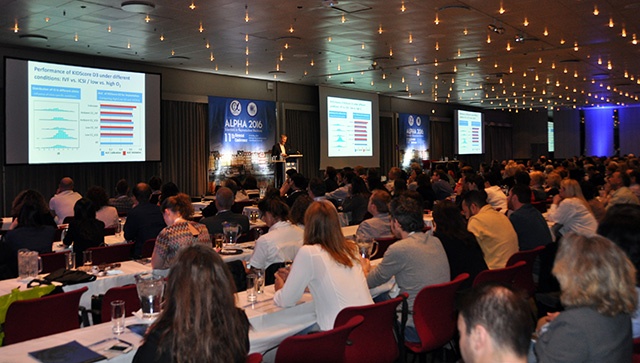Recap from ASRM 2016
By Dr. Tine Qvistgaard Kajhøj, Nov 4, 2016
Another ASRM is over with lots of interesting new science presented. As always the programme covered a large variety of topics. In this blog I will highlight some of the studies and sessions which I found of particular interest.
The language of embryology is evolving – a guide to understanding time-lapse nomenclature
By Dr. Tine Qvistgaard Kajhøj, Sep 28, 2016
New assessment methods call for new assessment measures. Having a common nomenclature can form the basis for clearer communication of embryo assessment and evaluation. The nomenclature described in this blog post is what we have found to facilitate ease of agreement and understanding between time-lapse users.
A successful IVF treatment is a pregnancy that results in the birth of a healthy child. Many aspects are discussed in order to raise pregnancy rates. An increasingly important parameter to reflect a successful IVF program in today's world of IVF is the time to pregnancy and live birth. In this blog post I will go through some of the critical steps in the IVF procedure and how they can be optimised.
Thoughts and reflections from ESHRE 2016
By Vitrolife, Jul 11, 2016
Once again we can look back on the biggest event in the IVF community - the Annual Meeting of the European Society for Human Reproduction and Embryology. More than 10 000 people gathered in Helsinki, Finland to gain new scientific information, meet with colleagues and friends as well as explore the exhibit for new products and technologies. As usual, the scientific program is a mix of invited sessions, free communications, posters and sponsored activities. In this blog post we will make an attempt to summarise our reflections from this year’s ESHRE.
This is how you use annotations in your time-lapse software [results from survey]
By Vitrolife, Jun 28, 2016
In connection to a recent post on the benefits of consistent annotation we invited readers to take a short survey on the use of annotations in their time-lapse software. Thanks to all of you who answered – here are the results.
Culture media for IVF can go out of specification during transport for different reasons. This may be detrimental to the product, but not always. In this blog post I will explain what happens to the media when it gets too warm or too cold.
The success of an IVF treatment depends on numerous factors. The patients and the causes of their infertility, the hormone stimulation regimen, culture media, quality and maintenance of equipment and skills of staff are all factors that will influence the outcome. One important factor that can have a detrimental impact on the IVF treatment outcome, but is sometimes overlooked, is the quality of the plastic equipment.
Recap from the 2016 Alpha conference
By Vitrolife, May 20, 2016
The 11th Alpha Biennial Congress took place in the beginning of May. Vitrolife was present, together with around 400 participants. If you were not there, this blog post will give you a short recap and the opportunity to watch our Scientific Symposium "Time-lapse for improved overall IVF".
Is it safe to aliquot IVF media?
By Dr. Ann-Helene Jakobsson, Apr 29, 2016

